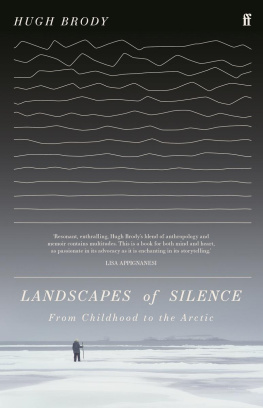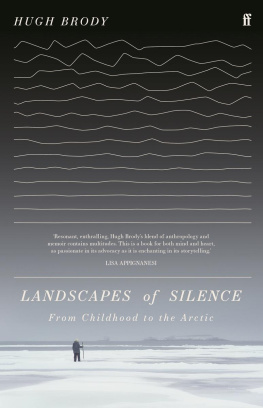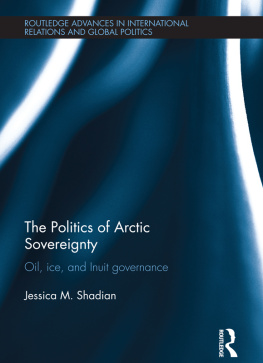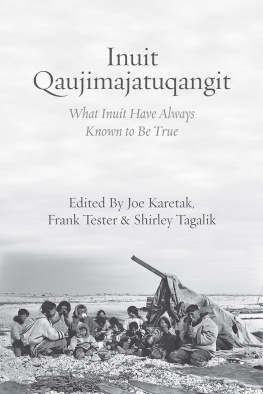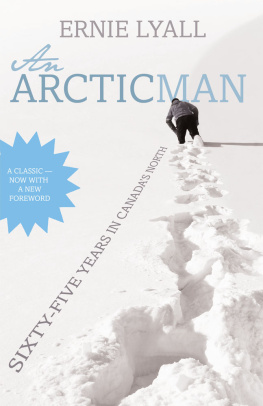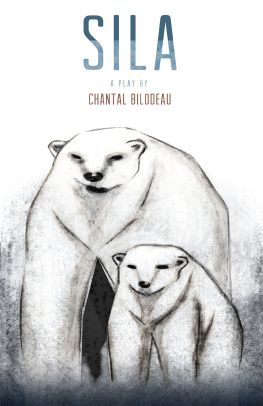| qanik | falling snow |
| aputi | snow lying as a covering on the ground |
| maujaq | soft snow that you sink into and struggle to travel through |
| masak | snow on the ground that has become wet |
| mannguq | snow half thawed or mixed with water (e.g. for building up sledge runners) |
| sitilluqaaq | the hardest, wind-driven crystalline snow |
| auvik | a block of snow cut from a snowdrift to use for igloo building |
| igluvigaksaq | snow that is good for making an igloo |
| pukak | snow that is in granules, found on grassy land, underneath newer snow, especially useful for melting into water |
| minguliq | fine, powdery snow that has made its way through cracks around doors or windows |
| natiruvaq | snow that is blown by the wind and builds up inside a doorway |
| piruriniq | snow that has piled up on an object |
| aniuk | an isolated, shaded patch of snow that has stayed frozen into summer |
These are some of the many words for snow in Inuktitut, the language of the Inuit, the hunters and gatherers of the eastern Arctic. Try reading them out loud. No matter that you may not know how to pronounce those unfamiliar combinations of letters though it is helpful to know that q at the end of a word is a voiced sound just below the place at the back of the mouth where we make the letter k. To read these words, even without knowing how Inuktitut sounds, is to hear that each of them is its own specific term. No two of them seem to be related. Every bit of that world of snows is its own piece of language, a separate part of the world that Inuit encounter and know. A grid of their way of seeing the land and being in it, laid onto a territory often made up of snow.
So how many words do the Inuit have for snow? As you can see and hear in that list of different sounds, the answer is none. There is no word for the cold white stuff we call snow; only the many words for the multitude of different forms snow can take, each one specific. For the same deep reasons, there is no word for seal, the animal; instead, everyone must say what has been seen, must use and share detailed, specific knowledge. This is a world, a mind, in which generalities and categories are avoided. In the same way, it is a language that, before the arrival of European influences, did not count beyond the number five. Later I would discover that these features of Inuktitut are to be found in hunter-gatherer languages around the world.
I spent some ten years living and working in the Canadian north, and for the first two of those years was able to spend much of my time learning two Inuktitut dialects. I was travelling in my mind, with the sounds I began to be able to shape, into somewhere very far from anywhere I had ever been. And to the very place I most had wanted to be though I would not have been able to say why. As I learned the words for snow, I learned also that there is a whole other way of hearing and sustaining knowledge, and, most important of all, that the wellbeing of the Inuit might be inseparable from the wellbeing of humanity.
*
This book is an attempt to understand how I came to make that journey into the far north. I have been wonderfully fortunate to have spent long periods deep within the lives and lands of those inspiring people. While there, and when bringing back memories of those journeys, I could to some extent ignore all the things that came from outside, and be absorbed into the aspects of mind that originated in the north: language, memories, stories.
But in the end it was not possible to disregard the implications of the outside influences, and, the more I listened, and the more people talked with me, the more I came to understand that even here, many hundreds of miles from a road, factory or any aspect of urban development, the people were suffering from the dominant forces of outsider power, and were facing both the threat and first realities of dispossession. Yet, with a paradoxical force, the more people talked to me, sharing what they had experienced and how they felt, the more I began to realise that despite the continuity of storytelling and voices of political protest, there was a layer of silence.
*
Along with many hundreds of other indigenous languages, Inuktitut is at risk. Across much of the Arctic it is no longer spoken, and even where it continues to be the language of the home, English tends to be dominant. At the same time, the elders whose role has been to sustain both language and indigenous narratives are becoming fewer and less sure of their own authority. The process of imperialism, with its insistence on new forms of religious belief, schooling and economic order, creates and then comes to depend on this deep and deepening silence.
Thus silence is allied to dispossession. Those who have lost their lands can no longer tell their stories; those whose stories have been silenced can no longer sustain the land. Those who have denied or subverted the rights of others insist that those others have nothing of any importance to say. They themselves, the conquerors and thieves, do not want history to be heard.
Wherever I have lived and worked as an anthropologist or film-maker I have found this alliance of dispossession and silence. Again and again, from villages in the west of Ireland to communities in western India to the Kalahari desert to many regions of the Canadian north, I have been shown the double need both to listen and to support those who resist dispossession. This book has grown from a realisation that there was always a thread that connected this flow of work and my own formation. So a question came to mind: why was I, a boy from the suburbs of a city in the north of England, drawn to remote edges of the world?
*
Anthropologists often go to the edges of their world, expecting to find the meaning of a society and, without always acknowledging it, the meaning of their discipline and themselves. I too went to the edges, and discovered both the heart of other ways of living and, to my surprise, also learned that by going to the edge we can discover what lies at the centre. The purposes, beliefs, morality and even the character of a society reveal themselves when it claims a frontier. Indigenous and tribal peoples, for whom our frontiers are their homelands, witness and suffer the consequences. And it is possible to see, at seemingly distant frontiers, that the human condition can be rethought and transformed, away from abuse, towards respect for where we live and for one another.
I was brought up in the aftermath of the Second World War, living a childhood in which the Nazis and mass murder were half hidden but always present, in a Jewish family that was riven by worries that it might or might not belong. I had to escape the shadows, the uncertainties. It did not, at first, have to be very far a three-mile bike ride up the road from a suburban home to the Derbyshire moors was an early journey to another kind of place; later it was further afield to more distant parts of the English countryside, then to Israel, Ireland and, at last, to the Canadian high Arctic. At each version of elsewhere I found both edges and, more and more to my surprise, the nature of the centres I thought I was leaving behind.

